Call Us
+86 136 6007 9809
Call Us
+86 136 6007 9809
Nov. 09, 2024
Connection Solutions for All-Aluminum Body and Aluminum Battery Pack Rivet Nuts in New Energy Vehicles Automotive
The drive for lightweight design brings new challenges to connection technology. Ensuring the safety and structural integrity of lightweight materials is a crucial aspect of making battery packs lighter. In current battery pack production, the main connection methods include welding and mechanical fastening.
Welding is a primary connection process in battery housing manufacturing, involving techniques such as traditional fusion welding, friction stir welding, cold metal transfer, laser welding, stud welding, and projection welding. Mechanical connections in battery housings typically use blind rivet nuts and wire thread inserts as fastening components.
Blind rivet nuts address common issues like the risk of burn-through when welding thin sheets or tubes, and thread slippage. They enable thread connections between thin sheets and other components, offering high fastening efficiency and low cost. In battery housing production, blind rivet nuts (commonly M5 and M6 with thick flat-head, semi-hexagonal through-holes or blind holes) are mainly installed along the sealing edge of the frame to connect the housing to the cover, and on the bottom of the housing interior for module or other component attachment. Fasteners in automotive applications secure a variety of components, becoming either standard or non-standard fasteners for the whole vehicle assembly. The assembly of the entire vehicle and major components heavily relies on fasteners for securing various parts.
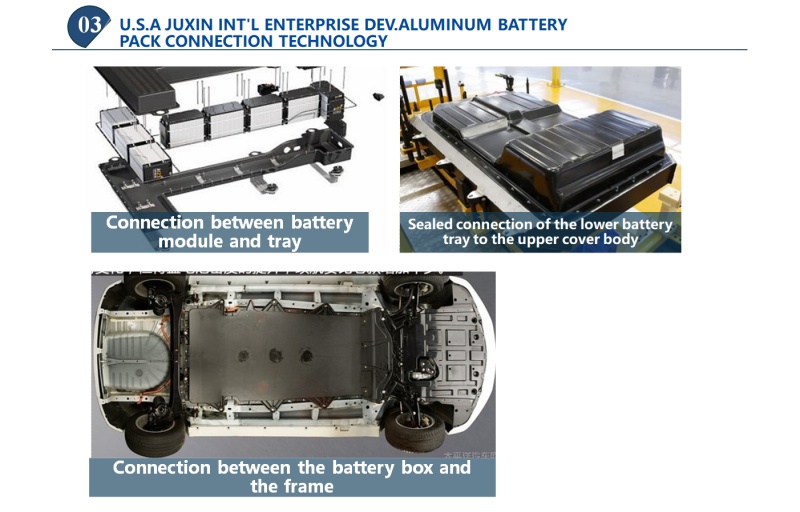
As new energy vehicles rapidly develop, blind rivet nuts, known for their compact structure and high performance, are widely used for connecting battery packs, electronic control systems, and other components.
Connection technology is a core process in battery housing manufacturing. Heterogeneous material connection technologies are critical for the future design and development of multi-material, lightweight housing. New connection methods support the use of lightweight materials and structures in battery housings, meeting lightweight conditions while ensuring safety in electric vehicles (EVs).
Blind rivet nuts, a type of mechanical fastener, are widely used for their diversity in specifications and high degree of standardization and generalization. Automotive blind rivet nuts directly impact vehicle safety, with strict requirements on their quality and stability set by automakers.
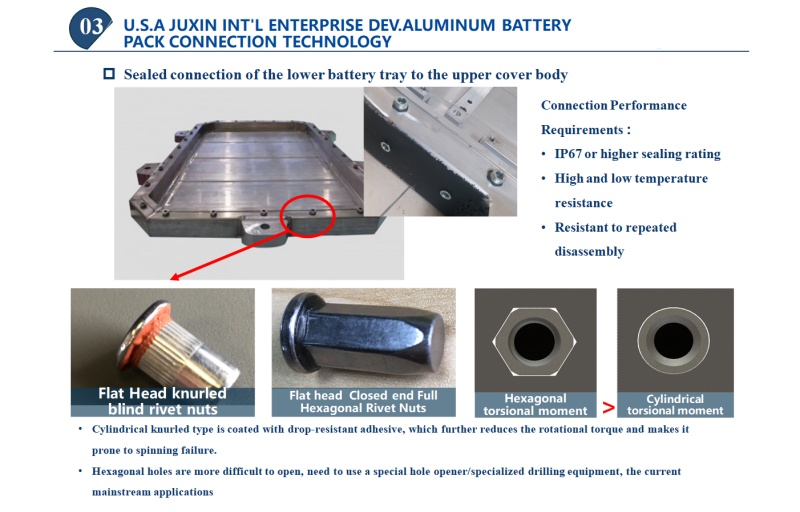
Twist-Resistant Rivet Nuts for Soft Materials
Heavy Duty Twist-Resistant Rivet Nuts
Screw-Locking Heavy Duty Twist-Resistant Rivet Nuts
Flange-Sealing Rivet Nuts
Insulating Rivet Nuts
Flange-Sealing Closed-End Rivet Nuts
With a durable plastic seal around a closed body, these rivet nuts add threads to sheet metal without letting water or dust pass through. They’re often used on surfaces that protect equipment, such as fuse box housings, in wet areas. They help maintain an enclosure’s IP68 rating for protection from water submersion and airborne dust. Made of 18-8 stainless steel, these rivet nuts withstand mild chemicals and resist corrosion in wet and outdoor environments.
Install these rivet nuts in sheet metal and other surfaces that are too thin to be tapped. Also known as blind inserts, installation requires access to just one side of your material. The flange distributes the load and holds these nuts against the surface. They collapse during installation, creating a backside flange that secures them to your material and creates a water-tight seal.
Installed length is the maximum length of the barrel when installed.
Smooth-body nuts can be installed in a drilled or punched hole using a rivet nut tool.
Hex-body nuts are the most twist-resistant style of rivet nut. Their flat sides hold them in place, so they won’t turn as you tighten screws. Install them in a hex-shaped punched hole with a rivet nut tool.
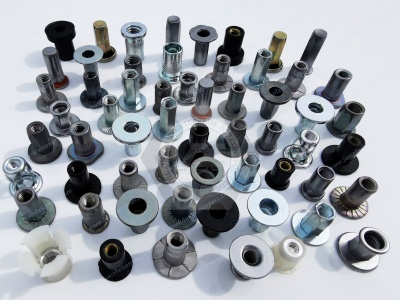
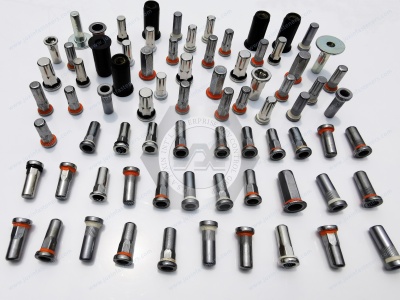
Frame (Profile) Structure Connection Techniques
For frame structures, connection methods must maintain adequate rigidity and strength, enhancing local strength and providing solid thread support. In automotive body frames, aluminum profile wall thickness typically ranges from 2 to 5 mm, used in high-load areas with thread sizes M8 to M10, which standard rivet nuts cannot reinforce effectively.
With the rapid growth of the new energy industry, the application scope of blind rivet nuts is expanding. Compared to traditional welding, blind rivet nuts offer firm connections, vibration resistance, high-temperature durability, and ease of installation, meeting the high connection demands of new energy products.
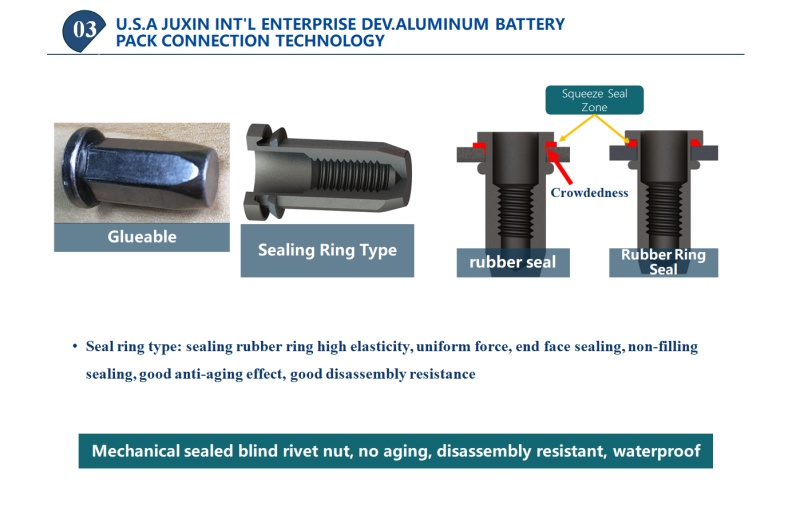
Key Requirements for Blind Rivet Nuts:
Strength Indicators: Blind rivet nuts must possess sufficient strength to endure various mechanical stresses, such as vibrations and impacts during vehicle operation, typically conforming to industry standards.
Durability Indicators: They should exhibit high durability, ensuring no detachment or loosening over time.
Thread Specifications: Blind rivet nuts must match the thread specifications of corresponding bolts or screws, adhering to either international or domestic standards.
Nut Material: Materials should be chosen for their suitability in potentially high-temperature or humid environments encountered in new energy vehicles, with a preference for corrosion-resistant materials.
Installation Method: The installation should be quick and reliable, facilitating fast production line assembly.
In new energy vehicle packaging, blind rivet nuts are primarily used for battery housing connections. They provide a mechanical solution to the challenges of welding nuts on thin metal sheets or tubes, offering secure thread connections, high fastening efficiency, and low cost.
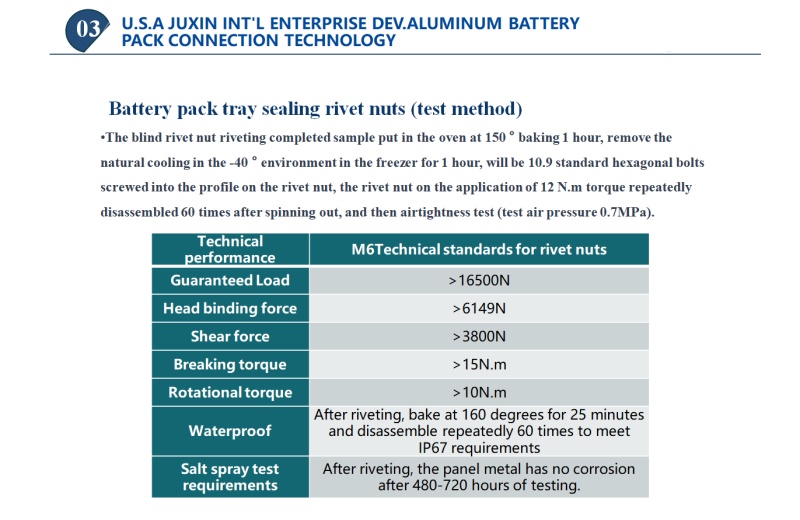
In battery housing production, blind rivet nuts are mainly placed along the sealing edge of the housing frame for mechanical connections with the cover and on the housing interior floor for module or component attachment. This connection method not only enhances the strength and stability of the battery housing but also supports lightweight design, reducing the vehicle’s overall mass and improving energy efficiency.
Additionally, blind rivet nuts in new energy vehicles offer the following benefits:
Firm Connection: Preload technology ensures tight, reliable connections.
Vibration Resistance: They perform well in vibration-prone environments.
High-Temperature Durability: They maintain stable connection performance in high-temperature conditions.
Ease of Installation: Simple installation enhances production efficiency.
Material Savings: Compared to traditional welding, blind rivet nuts reduce material usage, helping to lower production costs.
In summary, the application of blind rivet nuts in new energy vehicle packaging enhances battery housing strength and stability, meets lightweight, energy-saving, and environmental demands, and serves as a vital support technology for EV development.
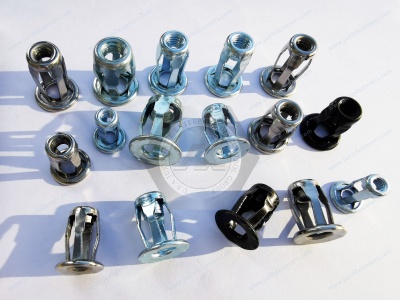
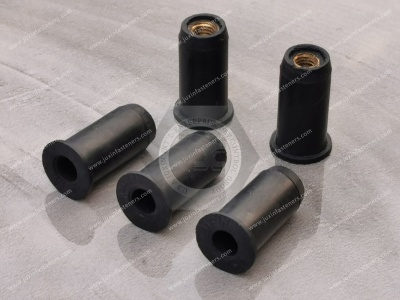
Please contact our team if you want high-quality seal rivet nuts, automotive fasteners, or technical support for structural design. Thanks.
Email:adelajonly@gmail.com
Website: https://www.juxinfasteners.com
WhatsApp:+86 13660079809
Contact Us
Tel.:
+86 020 8621 0320
+86 020 3121 6067
Technical Support:
Navigation
SEND INQUIREY